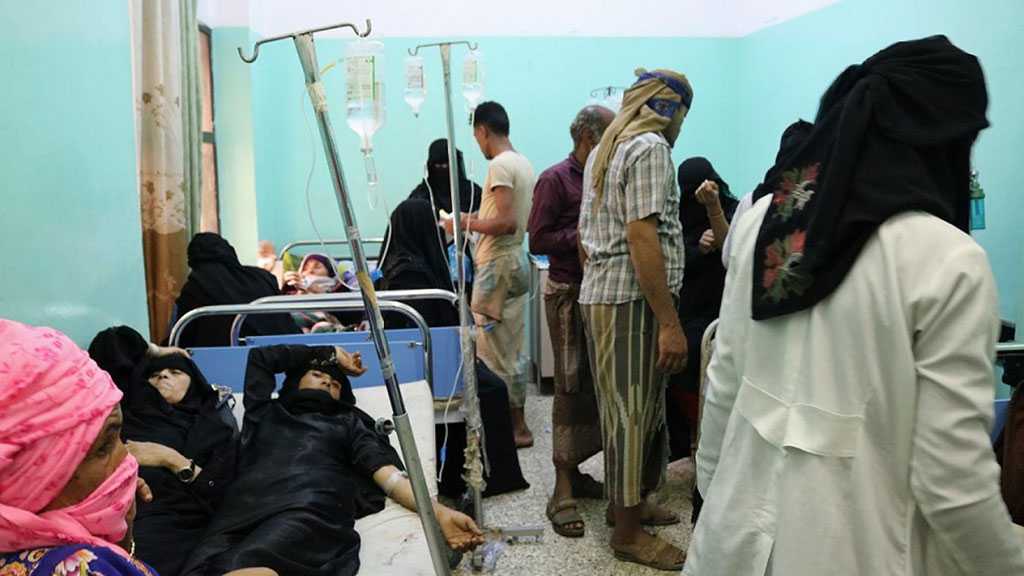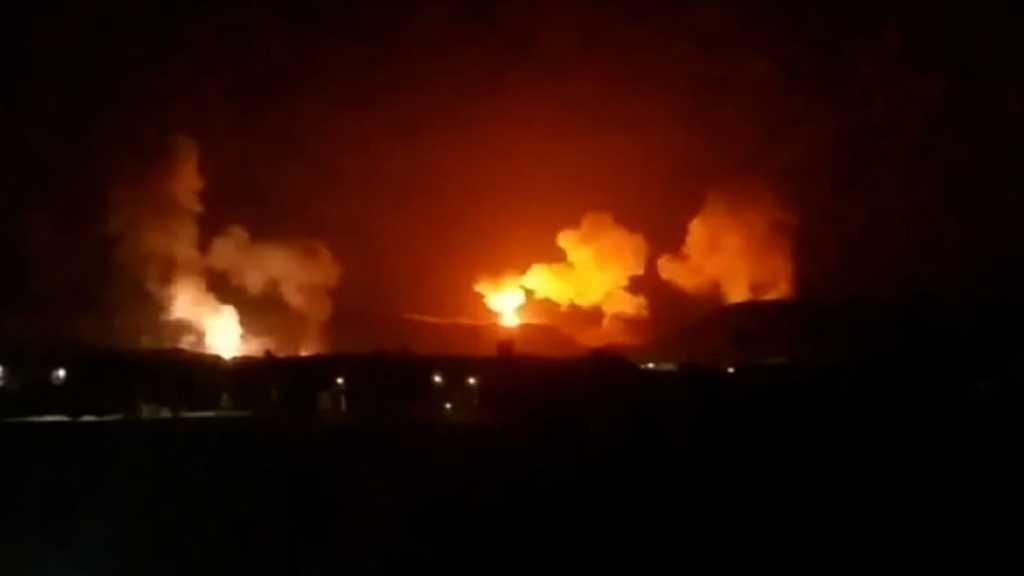With Collapse of Health System, Yemen Struggles to Contain Disease Outbreaks

By Staff, Agencies
The World Health Organization [WHO] warns disease outbreaks are flourishing in Yemen and many people are dying from a lack of health care and serious shortages in supplies and personnel.
Yemen’s economy is in tatters and its health care system in a state of near total collapse after more than five years of conflict. The WHO says about half of Yemen’s health facilities are functioning but are suffering from serious shortages of medicine, equipment and staff.
Consequently, it says health teams are unable to respond quickly to disease outbreaks and epidemics, which are thriving. For example, the WHO says a cholera outbreak in January is still ongoing and so far, has infected more than three-quarters of a million people and killed nearly 1,000.
WHO spokesman Christian Lindmeier says other diseases also are taking a heavy toll on the civilian population. He says about 1,600 people have contracted diphtheria and 95 have died. He says thousands of people are suffering from malaria and dengue, despite mass spray campaigns to kill disease-bearing mosquitoes.
“Another challenge, of course, are the non-communicable diseases. An estimated 35,000 cancer patients amongst which 10% are children, and more than one million people who suffer from non-communicable diseases will no longer receive life-saving treatment. Also, a total of 7,000 renal patients were in need of weekly sessions in 2019,” he said.
Lindmeier says the cost of dialysis sessions for one patient, for one year is an unaffordable $6,240.
Another ever-present and growing danger in this conflict-ridden country is attacks on health facilities.
The WHO says there have been 156 recorded attacks on hospitals and other care centers since 2015, further jeopardizing the ability of health care workers to respond to emergencies and treat the sick.
The United Nations considers the situation in Yemen the world’s worst humanitarian crisis. It says nearly 80 percent of the population, more than 24 million people, need international assistance and protection. It further states that 10 million people require food aid to survive and that seven million are malnourished.
Comments
- Related News




